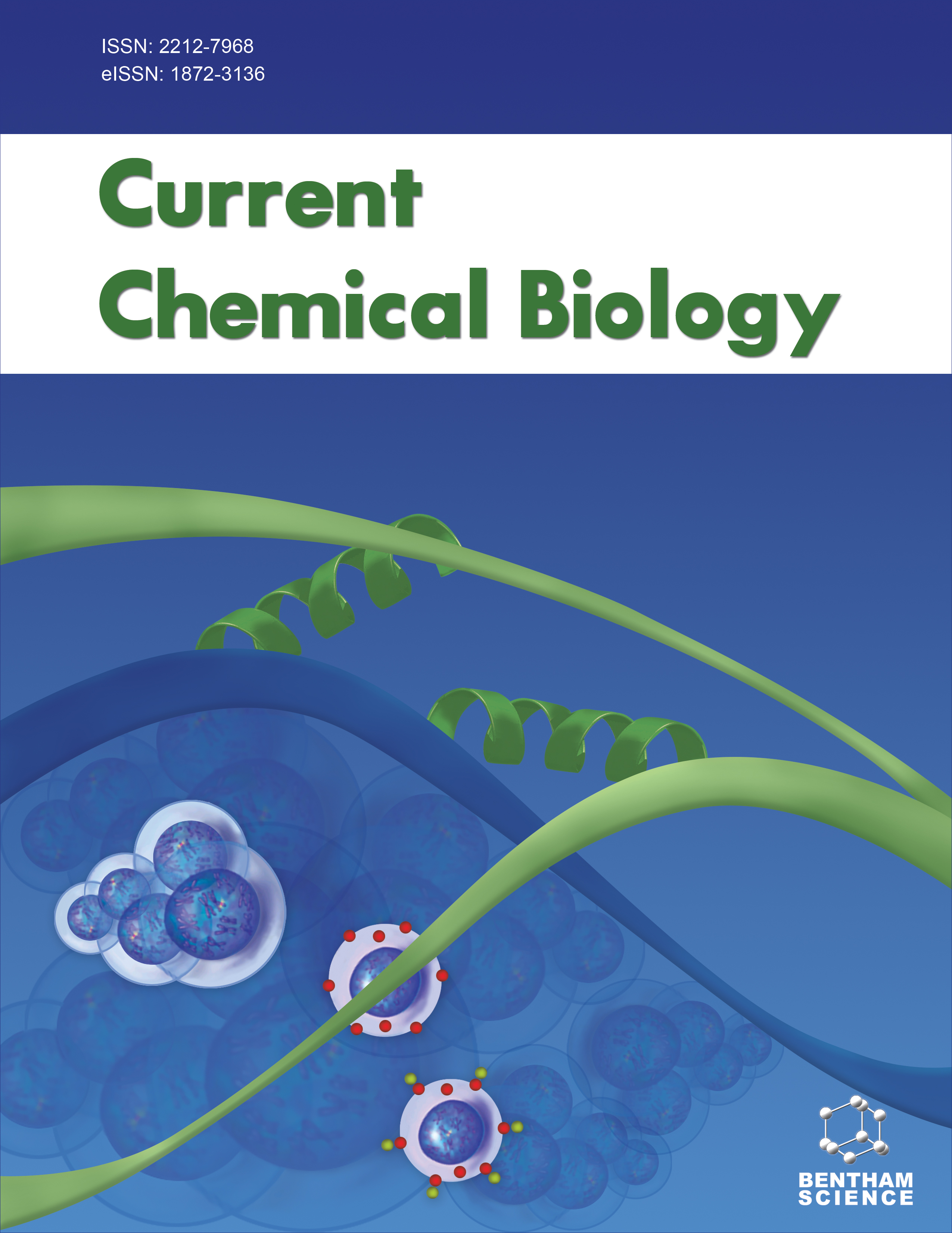-
oa Agmatine Improves Oxidative Stress Profiles in Rat Brain Tissues Induced by Sodium Azide
- Source: Current Chemical Biology, Volume 18, Issue 3, Sep 2024, p. 129 - 143
-
- 09 Mar 2024
- 30 Aug 2024
- 14 Oct 2024
Abstract
The brain is highly susceptible to oxidative damage due to excessive oxygen tension, a high concentration of oxidizable substrates, and low antioxidant capacity. Consequently, oxidative stress is linked to several brain disorders and neurodegeneration. Sodium azide is a cytochrome oxidase inhibitor that promotes neurodegeneration by enhancing the release of excitotoxins and inducing oxidative stress through the peroxidation of membrane lipids. This process results in the release of intra-mitochondrial Ca+2 and H2O2 (ROS Dependent-Ca+2 release). Agmatine, a biogenic amine, is also referred to as a free radical scavenger, protecting the brain from membrane collapse, apoptosis, and mitochondrial swelling.
This study was designed to identify the antioxidative effects of agmatine on sodium azide-induced oxidative stress in brain tissues.
Twenty-four male albino Wistar rats were allocated into two groups: a control group receiving water and a test group administered sodium azide (5 mg/kg, intraperitoneally) for a duration of 14 days. Subsequently, the animals were further subdivided and treated for an additional two weeks with either water or agmatine (100 mg/kg). Behavioral assessments were performed one-hour post-agmatine administration, and brain homogenates were prepared for biochemical analyses.
The agmatine-treated group exhibited a significant increase (P<0.01) in both the number of entries and the time spent in the light box and the open arms of the light/dark transition box and elevated plus maze tests, respectively. Additionally, agmatine administration significantly enhanced (P<0.01) the total number of squares crossed in the open field test. Biochemical assessments revealed that agmatine treatment significantly reduced (P<0.01) the levels of reactive oxygen species and malondialdehyde. Moreover, it significantly increased (P<0.01) the levels of antioxidant enzymes (superoxide dismutase, catalase, and glutathione peroxidase) and glutathione compared to the control group.
The present study revealed that agmatine has substantial effects on oxidative and antioxidant enzyme levels in sodium azide-induced oxidative stress. Agmatine-treated rats exhibited decreased reactive oxygen species levels and improvements in behavioral impairments resulting from sodium azide administration.


